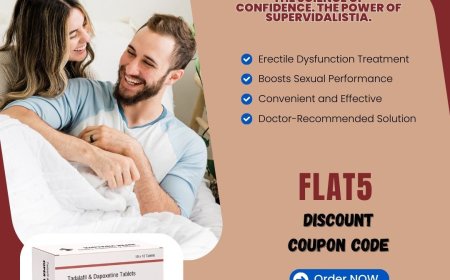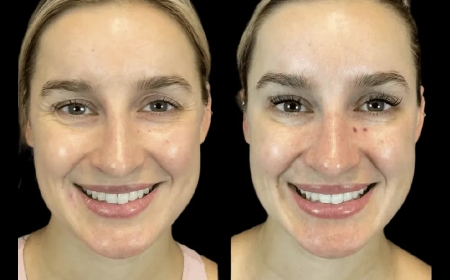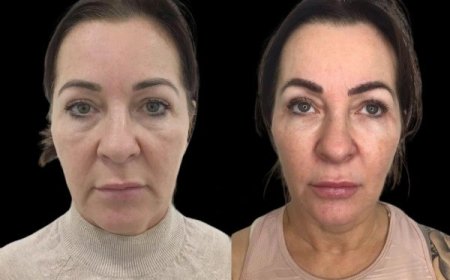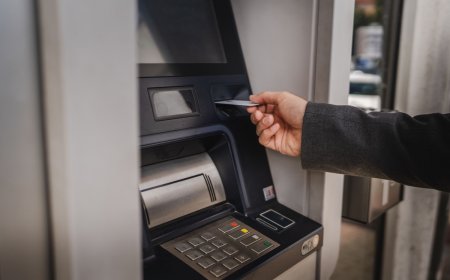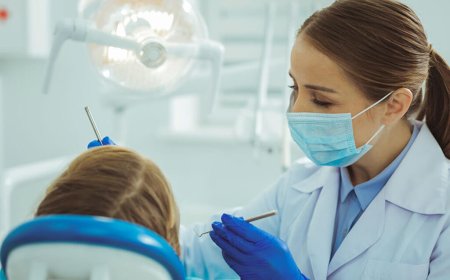Managing Pain After Radiation Therapy: Tips That Work
Learn how to manage pain after radiation therapy with proven tips and treatment options. Discover how Aspadol tablet can help relieve deep or nerve-related pain.

Many people who go through cancer treatment experience pain after radiation therapy. While radiation is used to kill cancer cells, it can also affect nearby healthy tissues. This can lead to pain during treatment and even weeks or months afterward. For some people, the pain is mild. For others, it can interfere with sleep, movement, or daily life.
This blog will help you understand why pain happens after radiation, what types of pain are common, and what you can do to manage it. We’ll also talk about how medicines like Aspadol tablet can provide relief when other options don’t work.
Why Does Pain Happen After Radiation Therapy?
Radiation therapy uses high-energy rays to destroy cancer cells. But as it targets cancer, it can also damage healthy tissue, blood vessels, nerves, and bones in the treated area.
This damage can cause:
-
Inflammation (swelling)
-
Scar tissue formation
-
Nerve irritation or damage
-
Reduced blood flow to tissues
-
Weakening of bones or joints
As the body heals, it may send pain signals. This is part of the recovery process, but for many people, the pain lasts longer than expected.
Common Types of Pain After Radiation Therapy
1. Skin and Surface Pain
Many patients feel burning, itching, or soreness on the skin, especially in areas where radiation was focused. This can feel like a sunburn.
2. Bone and Joint Pain
Radiation can weaken bones in the treated area. Over time, this may lead to bone pain or joint stiffness. Some people feel tenderness or aches that increase with movement.
3. Nerve Pain
If nerves are damaged by radiation, it can lead to a burning or shooting pain. This type of pain, called neuropathic pain, can be harder to treat and may last longer.
4. Muscle Tightness or Spasms
Tissue around the treatment site can become stiff or inflamed, causing soreness or cramps. This may happen weeks or even months after radiation ends.
How Long Does the Pain Last?
Everyone’s body responds differently. Some people feel better within a few weeks after radiation ends, while others deal with pain for months or even years.
Pain might:
-
Improve with time and proper care
-
Stay the same if left untreated
-
Get worse if there is damage to nerves or bones
That’s why it’s important to address the pain early and speak with your doctor about treatment options.
Tips for Managing Pain After Radiation Therapy
Here are proven ways to reduce and manage pain during your recovery:
1. Use Pain Medications as Prescribed
If over-the-counter painkillers like ibuprofen or acetaminophen are not enough, your doctor might prescribe stronger medications like Aspadol tablet.
What is Aspadol Tablet?
Aspadol tab contains Tapentadol, a prescription pain reliever. It is used for moderate to severe pain and works by blocking pain signals in the brain.
It may be recommended for:
-
Nerve pain after radiation
-
Deep bone or joint pain
-
Pain that interferes with daily life
In the United States, Aspadol can be prescribed by your doctor and bought from licensed pharmacies or trusted online stores.
How to Use:
-
Take as directed (usually every 4–6 hours)
-
Swallow with water, with or without food
-
Do not exceed the prescribed dose
Always follow your doctor’s advice before starting Aspadol tab or any strong pain medicine.
2. Apply Hot or Cold Packs
-
Cold packs reduce swelling and numb pain. Good for recent or sharp pain.
-
Heat packs relax tight muscles and improve blood flow. Best for stiff joints or muscles.
Use for 15–20 minutes at a time, and never place directly on the skin—wrap in a cloth or towel.
3. Stay Active, But Don’t Overdo It
Gentle stretching and light exercise can help reduce stiffness and improve strength. It also helps improve mood and sleep.
Try:
-
Walking
-
Stretching exercises
-
Physical therapy (with guidance from a specialist)
Avoid heavy lifting or high-impact movements unless cleared by your doctor.
4. Protect the Skin
If your skin is sore or peeling after radiation:
-
Use fragrance-free moisturizers
-
Wear loose, soft clothing
-
Avoid direct sunlight or hot water on the area
-
Do not scratch or rub the skin
Let your doctor know if the skin becomes red, blistered, or infected.
5. Eat Well and Stay Hydrated
Healing takes energy. A diet rich in protein, vitamins, and minerals can help tissues recover and reduce inflammation.
Focus on:
-
Fruits and vegetables
-
Whole grains
-
Lean protein (chicken, beans, fish)
-
Plenty of water
Avoid alcohol, processed food, and smoking, as they can slow recovery.
6. Manage Stress and Sleep
Pain often feels worse when you’re tired or stressed. Mind-body practices can help:
-
Deep breathing
-
Meditation
-
Gentle yoga
-
Listening to music
-
Talking to a counselor or support group
Getting enough rest helps your body heal and lowers your pain levels.
7. Ask About Physical or Occupational Therapy
Therapists can teach exercises that reduce pain and improve movement. They may also provide tools or braces to help support sore areas.
This is especially helpful if radiation affected your spine, hips, or arms.
8. Follow Up with Your Doctor Regularly
If your pain gets worse or doesn’t improve after a few weeks:
-
Ask if your treatment plan needs to change
-
Request imaging tests (MRI or X-ray) to rule out damage
-
Discuss if new pain medicines like Aspadol tablet could help
-
Mention any side effects from current medications
When to Seek Medical Help Right Away
Call your doctor if you experience:
-
Sudden or sharp increase in pain
-
Fever or chills (signs of infection)
-
Numbness or loss of control in arms or legs
-
Trouble breathing
-
Signs of an allergic reaction to medicine
These may need immediate attention.
Buying Aspadol Tablet in the United States
If your doctor recommends it, you can buy Aspadol tablet from:
-
Local pharmacies with a prescription
-
Verified online pharmacies (make sure they are licensed in the U.S.)
Avoid websites that:
-
Offer it without a prescription
-
Have no contact or license information
-
Sell at unusually low prices
Always use trusted sources to ensure your safety.
Final Thoughts
Pain after radiation therapy is a common but manageable part of cancer recovery. With the right care, support, and medication, you can reduce the discomfort and continue healing. Simple steps like using heat or cold, eating well, staying active, and taking prescribed medicines—such as Aspadol tab—can make a big difference.
Talk to your healthcare team about all your pain symptoms. Whether it’s skin irritation, deep bone pain, or nerve pain, there are ways to feel better and regain control of your life. Recovery is possible, and you don’t have to go through it alone.







